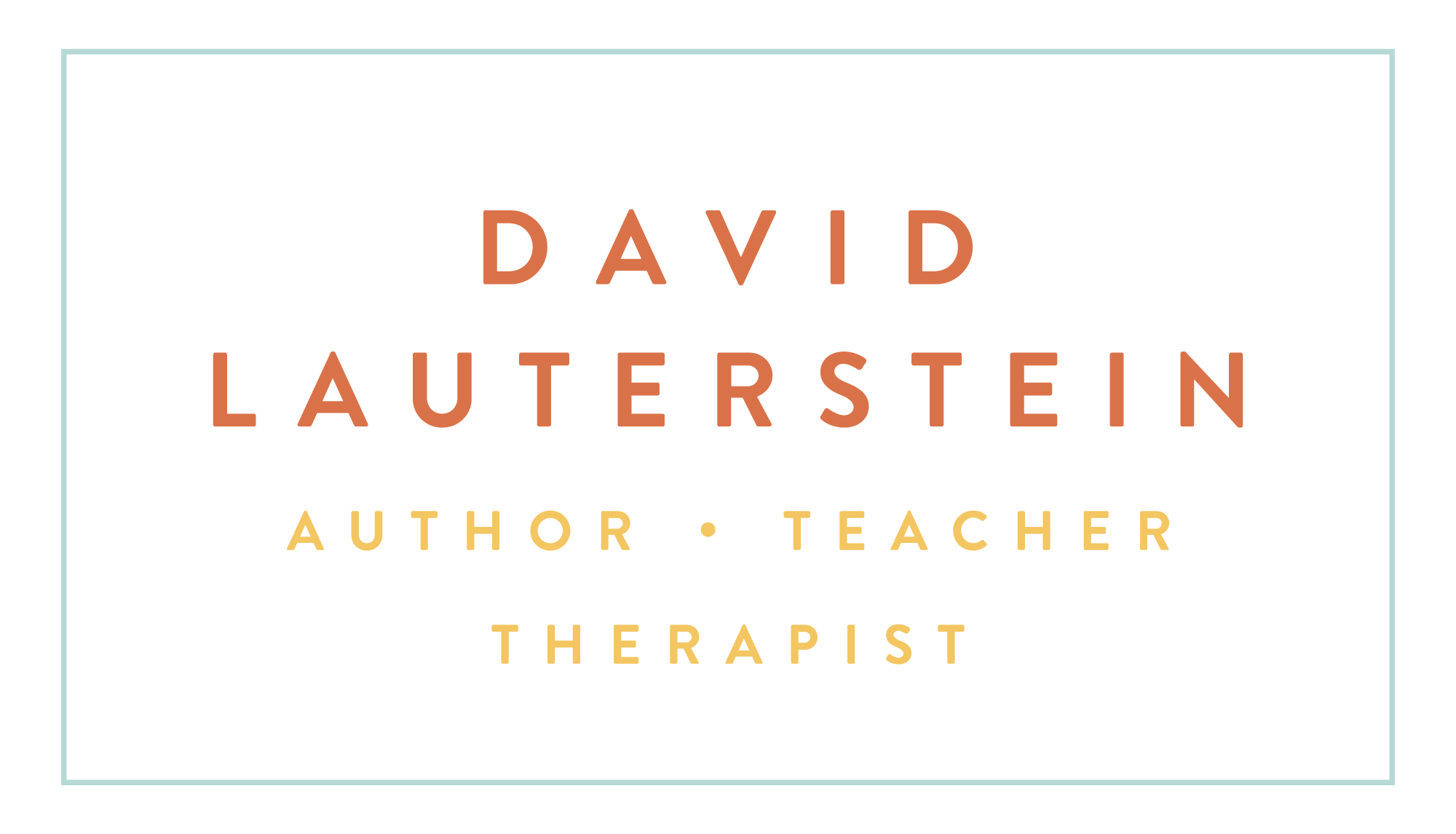HALF MOON VECTOR THROUGH THE LEGS
Most deep massage and Zero Balancing “fulcrums” (techniques) are “point of reference” fulcrums. This means we consciously interface, place, our attention on a particular area. Each point of reference fulcrum may be experienced throughout the whole self, but it originates in interface with a particular muscle, bone, or joint.
However, there are also “field” fulcrums. Field fulcrums are done with the therapist’s attention on the person’s whole body structure and energy field, not on a particular spot.
Through a field fulcrum, we may get a sense of the person’s overall level of holding or freedom, mobility, hypermobility, heaviness, lightness, and more.
The client’s experience is unique in each case. Common effects from this fulcrum are a wonderful amplification of the feeling of being grounded yet buoyant; an experience of unity, of being whole, not just in parts; sensing a river of energy, of aliveness, flowing through one’s whole length; a sense of letting go through one’s entire being.
Deep Massage and Zero Balancing work with clearer, stronger force fields than those which currently exist and the assumption is these override less well-held fields such as misalignment, joint compression, tension, confusion, emotional unclarity, etc.
The Half Moon Vector through the Legs has the effect of overriding tensions held within the whole field of body, mind and spirit.
Therapist: Standing at the foot of the table, with one foot behind the other.
Client: lying supine
Position yourself comfortably. Center yourself, breathing, relaxed and attentive. Then place your hands under the feet and ankles of your client.
Let the little finger side of your hand rest behind, posterior to the calcaneus and your fingers under the calcaneal “Achilles” tendon. If the client is markedly turned out or in, gently lift and bring their legs to a neutral position. This fulcrum is for the whole self, so excess rotations in the ankle, knees or hips can diminish access to the whole length of the person.
Now take out the looseness by feeling for the precise shape of the calcaneus and its tendon. Form-fit, nestle into that shape with your palm and fingers. Do not press in with your thumbs, just let them rest on the tops or sides of the legs or feet, wherever they naturally fall.
Next, let your body’s weight shift slightly back from your front leg to your rear leg and let that shift gently take up the slack from the client’s whole body.
Now add the “Half Moon.” The body mechanics of this are – tuck your pelvis under slightly, this will gently pull on your arms and hands giving you a gentle additional curved traction.
There are two main ways to put in the half moon. During the session, feel for which may work best.
You can, after the firm straight pull (“taking up the slack”), add additional traction and, as you traction, go slightly down, then up – so it describes a curve. In this way the half moon’s end is just as high as its beginning.
Or you can, after that initial gentle straight pull, add a little additional traction upward, so that the lower leg is lifted slightly above the table.
In either case, after you put in the half moon, go into a witness state. Hold it, hold it, hold it. Allow the person to integrate the fulcrum into their experience.
When you sense long enough or when you see a sigh of breath on the part of the client, clearly disengage. Give the person some moments to integrate the experience within themselves.
This fulcrum can be repeated at various times during a session. If you start with a half moon through the legs, it gives you initial information and gives the whole person’s structure and energy a clear beginning for the session.
Mid-way through the session, especially after work on the pelvis, legs and/or feet, it integrates the work on the lower body and sets the stage for upper body work. At the end of the session, I finish with a half moon vector through the feet. It is grounding; it gives the client a last opportunity to let go of any remaining residual tension in the energy field; and it is a summation experience of the whole session.
Art by Christy Krames from Lauterstein - The Deep Massage Book: How To Combine Structure and Energy in Bodywork

